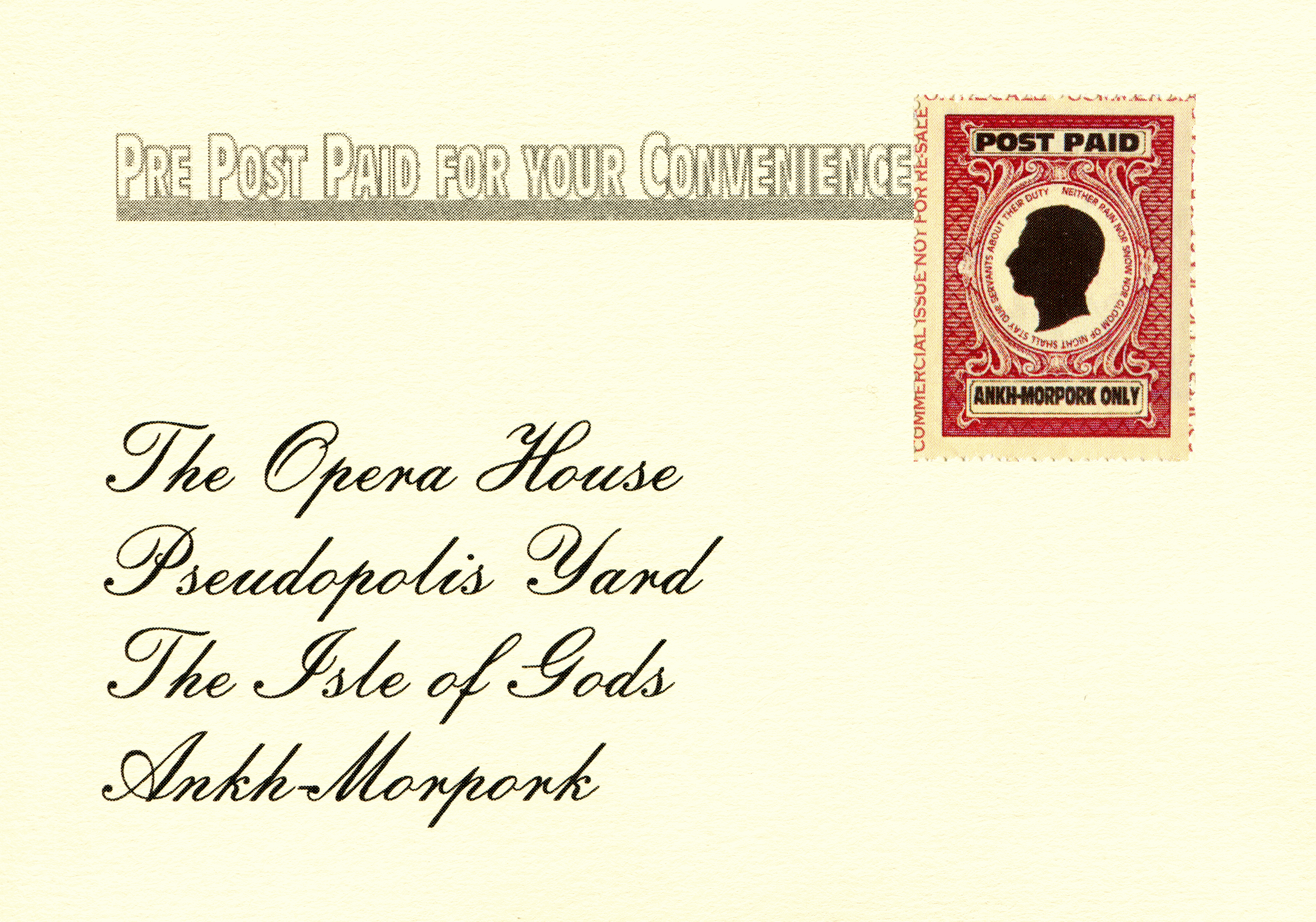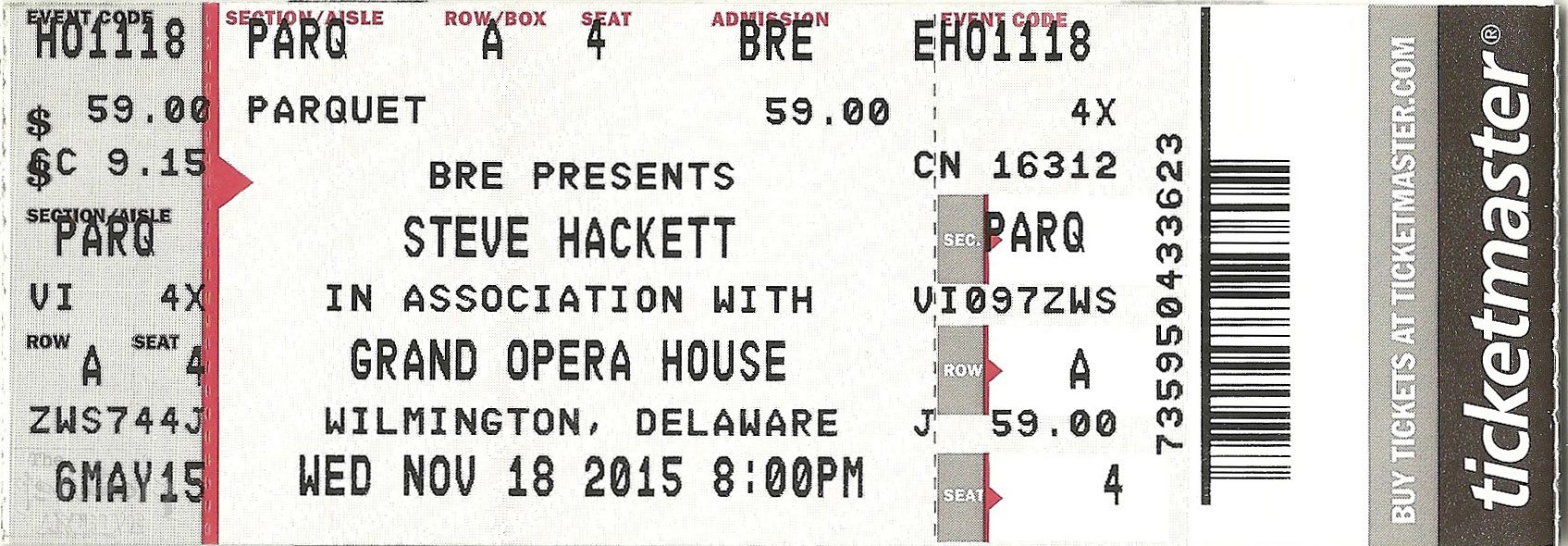
It had lavish “permanent” decoration with movable features and allowed spectators to be seated in boxes on different levels. Although it took nearly two days of work to transform the location, it was no longer necessary to constantly build new decoration and machinery each time: everything could be reused as needed.Īs a ballroom – its largest and most spectacular configuration – the theatre contained a single-level floor which stretched from the entrance to the back of the stage (over 45 metres). Using a complex system of movable floors on winches and hoists, Arnoult succeeded in creating an adjustable hall that was built to last.

The specifications called for the space to be capable of being used for multiple purposes, including as a theatre hall, ballroom and a hall for feasts. The sculpted decoration was entrusted to Augustin Pajou and the paintings were commissioned to Louis-Jacques Durameau.īlaise-Henri Arnoult, First Theatre Technician to the King, was entrusted with installing the mechanics and everything relating to the stage, and he produced a true masterpiece. At the last minute the architect abandoned the idea of a fourth row of boxes, replacing them with a colonnade, and the finished design was one of perfect elegance and harmony. The overall architecture of the hall and building was entrusted to Gabriel who, after numerous modifications, built a theatre which incorporated the greatest innovations of the time, such as the oval plan, staggered levels, and French-style boxes (without partitions). Louis XV, persuaded by Gabriel and thinking of the future marriages of his three grandsons, eventually commissioned the construction of the Royal Opera. This would get rid of the need for the expensive and somewhat inadequate halls that were built as required (notably for princely weddings). It would not be designed to host ordinary shows (performances given regularly in the Court for a relatively small audience) but grand events with a large number of spectators (nearly 1,500 people). The aim was to bring back all the information and technical data necessary to allow Versailles to build a perfect theatre. Initially reluctant, or at best only very mildly interested, Louis XV let Gabriel develop his project and agreed to send French architects to Italy to inspect the country’s finest halls. This situation remained unchanged for most of the following reign, despite the fact that Jacques-Ange Gabriel, made First Architect to the King in 1742, continued working tirelessly on the design. This change of mind by the famous King was due to a loss of interest in the grandiose shows he had enjoyed during his youth, his old age and all the setbacks that came with it, and the reality that most of the Court’s ordinary shows could be performed in the small hall in the Princes’ Courtyard which had been used since 1682.

Louis XIV turned his attention instead to the construction of the Royal Chapel (1710). Jules Hardouin-Mansart and Carlo Vigarani presented the King with different designs for a theatre (the idea at the time was for a Ballet Hall), but none of them really pleased the sovereign. He wanted to build it at the end of the North Wing where the ground slopes, enabling the construction of large lower floors and a vast stage.

Louis XIV wanted to give the Palace a concert hall that could accommodate the luxurious decor needed to host shows with machines, which he was particularly fond of. An idea of Louis XIV, built during the reign of Louis XV


 0 kommentar(er)
0 kommentar(er)
